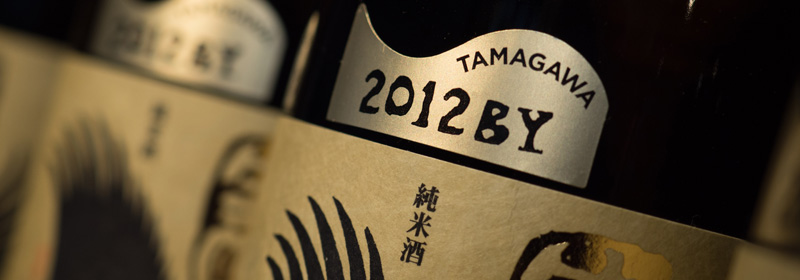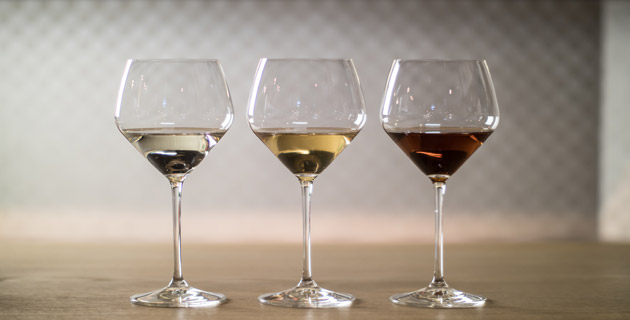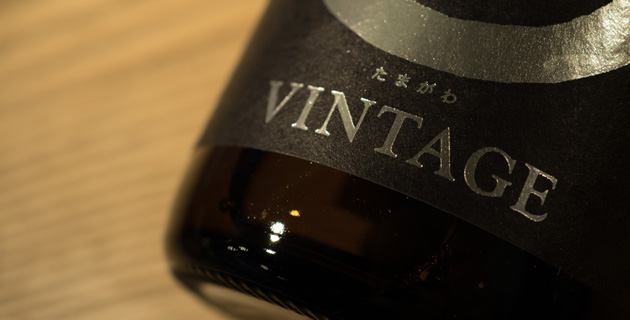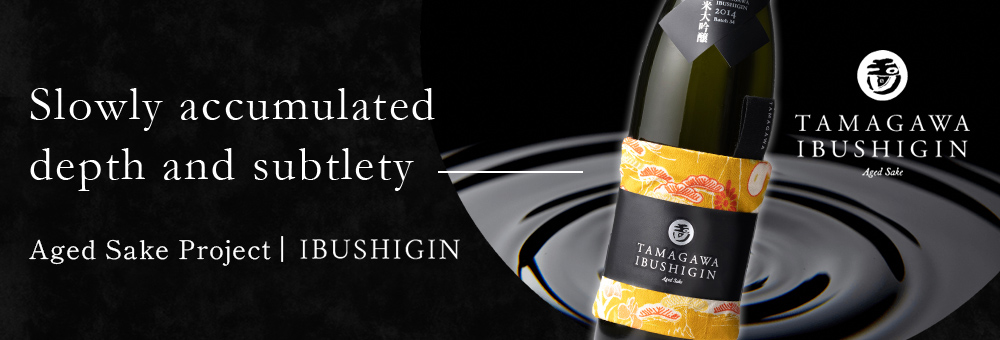Celebrating impermanence: Tamagawa’s product philosophy.
Tamagawa sake is a work in process.
It is often said that sake is at its peak when, and best drunk, young. However, we at Tamagawa think of freshly pressed sake, fun though it can be, as simply the starting point of each sake’s journey.
We showcase the newborn form of every Tamagawa product as unpasteurized, unfiltered, undiluted (“3U”) limited editions, shipped throughout the winter brewing season as they are pressed. From this starting point, we make a wide range of product styles to express the huge potential of sake, and time is a crucial ingredient in the Tamagawa mix. Each moment in the life of a Tamagawa product has its own unique balance of flavour and aroma, awaiting the participation of an attentive drinker to give it meaning.
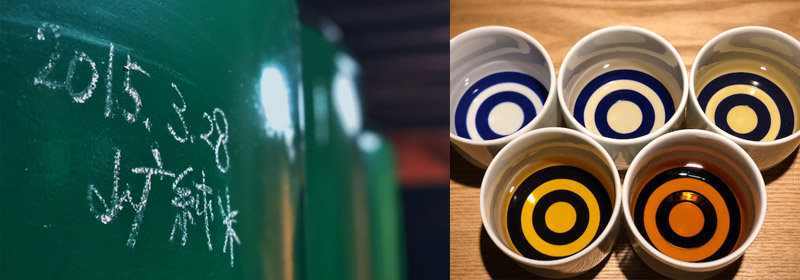
Temperature control: low intervention
If two bottles of the same sake are stored at different temperatures, they develop quite different flavour and aromatic profiles
over time -a phenomenon that is easily enjoyed at home with one bottle in the fridge and another in the cupboard.
Refrigerated and even sub-zero storage and transportation have become buzzwords recently, but this theory of handling comes from the notion that “sake is delicate” and so that “change=deterioration”. Tamagawa is far from “delicate”, and we think of time as our friend, and the changes in flavour and colour it brings as a prime attraction. Consequently, a large proportion of our sake is deliberately stored at room temperature in all seasons.
(Ageing at low temperatures is fun as a genre, too, and we do have some products in our fridges, but this, for us, is a style decision rather than a quality control issue.)
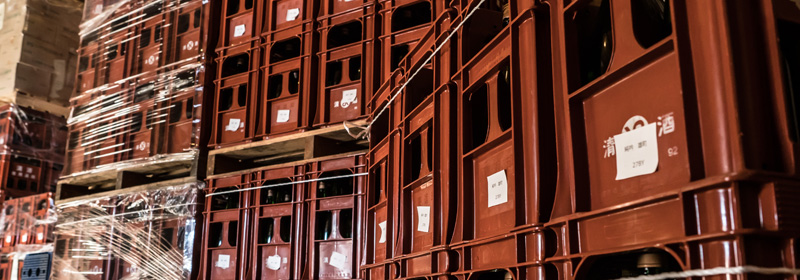
Beyond brewing: regional identity and life in the bottle
If sake is stored refrigerated at a fixed temperature, its environment is the same regardless of geographical location.
By ageing at room temperature, we create an interpretation of Tamagawa sake that is only possible in our warehouses in our little corner of rural Kyoto Prefecture.
Conventionally, sake-making is considered to be completed in the brewery, with a “finished” product in peak condition at the point of shipping. However, the evolution of Tamagawa sake does not stop when it leaves the brewery.
Even after it has left us, it continues to develop in the hands of customers who can hold off drinking it for a while - weeks, months or years. There is no need to rush to finish a bottle of our sake when it is opened, either. True Tamagawa fans agree that the last glass from a bottle of Tamagawa is almost always better than the first, and the evolution of flavour during the lifetime of a single bottle is its own engaging story, written by the drinker.
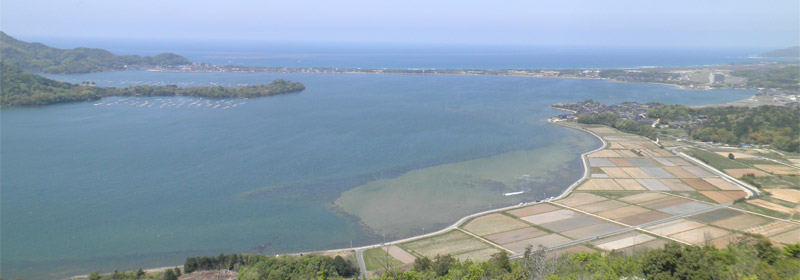
Low-impact ageing.
A side-benefit of our storing most of our sake without resorting to refrigeration is a reduced impact on the environment.
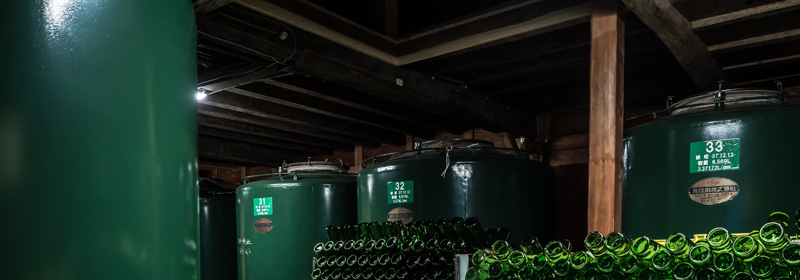
Tamagawa labelling protocol
Japanese law requires all sake to carry a “Production Date”. This is the bottling date, or, in the case of bottle-aged products, the shipping date. In addition to this, most Tamagawa products also show the “Brewing Year”. Exactly the same product will show different characteristics depending on its age and its storage environment, so we would urge you to be aware of this information to best enjoy your particular Tamagawa.
* The “Brewing Year” runs from July through to the end of June. We brew from autumn until spring, so a product labelled as having being made in 2018 BY will have been brewed between November 2018 and April 2019.
